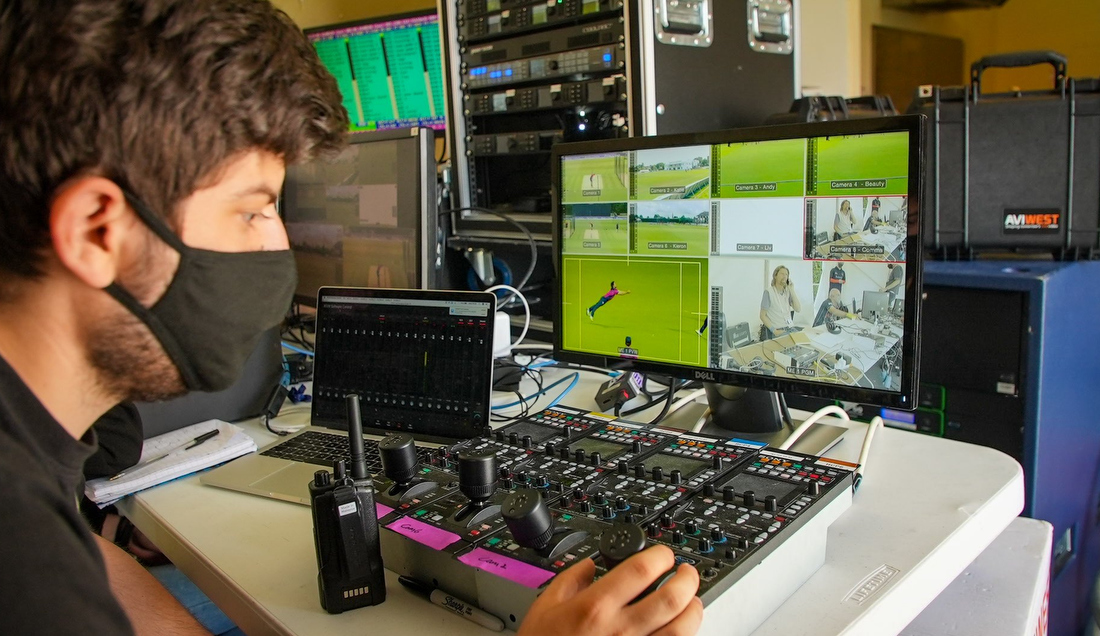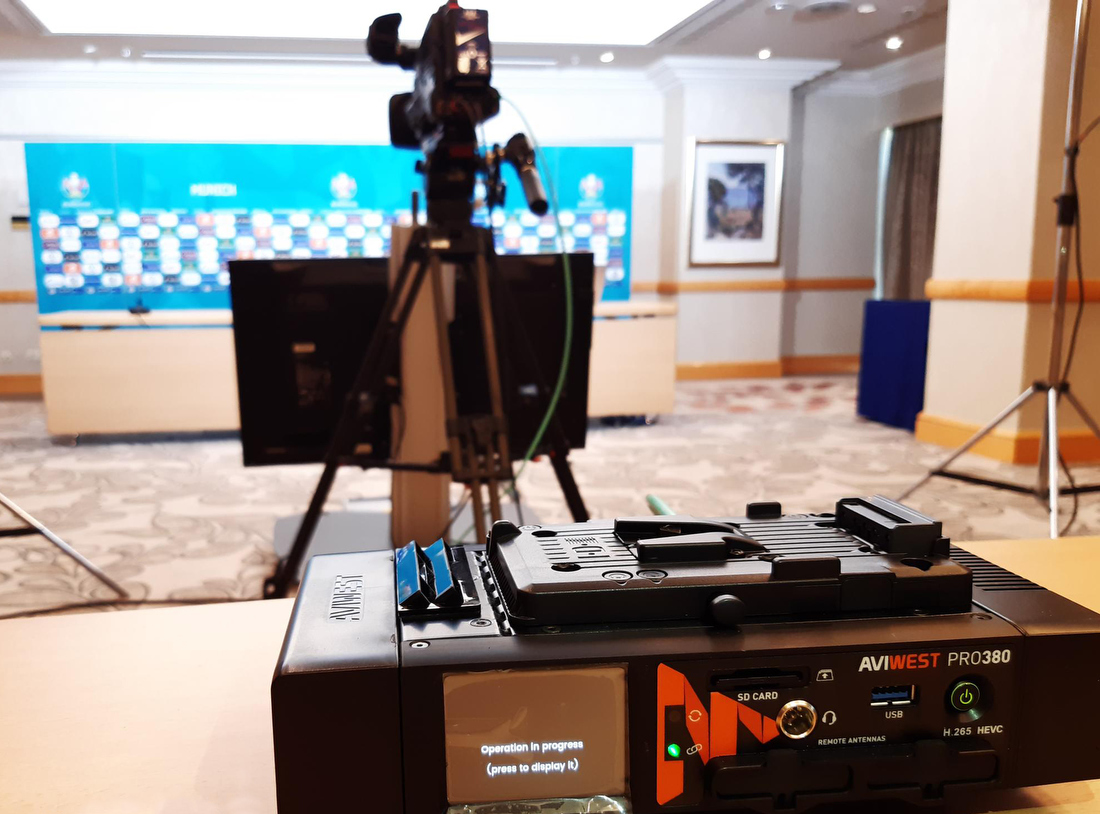2022 Trends to watch for live sports contribution and production

Subscribe to NCS for the latest news, project case studies and product announcements in broadcast technology, creative design and engineering delivered to your inbox.
The COVID-19 global health crisis deeply impacted 2020 live sports contribution and production. Many sports events were postponed or canceled as the world grappled with the COVID-19 situation. In 2021, the majority of sports competitions resumed full force, and the industry saw a significant increase in remote production workflows.
Since then, remote production has become more important than ever for broadcasters. Social distancing and travel restrictions have contributed to the rise of remote production, and the COVID-19 pandemic has certainly accelerated this ongoing trend in the industry. Broadcasters don’t see remote production as a temporary fix – it has been fully integrated into broadcast workflows. Leveraging IP technology, broadcasters can transport live feeds to an offsite production studio, while newly deployed 5G networks have emerged as a key enabling technology that is helping broadcasters and other content producers create live video faster and more efficiently.
In 2022, a major challenge broadcasters face is their ability to produce live sports events while also complying with COVID-19-related restrictions. Adopting production methods that are quick and easy to implement will be crucial to the success of broadcasting live sports events. In addition, using contribution solutions based on IP networks that leverage network infrastructures already in place will be essential. Keeping that in mind, here are three important trends that the sports production industry should keep an eye on for 2022.
Expanded remote production and cloud workflows will reign supreme
Remote production workflows will be further strengthened in 2022. The use of IP-based solutions to remotely control equipment installed in the field, such as, PTZ cameras, video switchers, and CCUs, will become widespread. Connectivity has to be good for remote productions, since they are primarily based in IP technology. Utilizing reliable transmission technology, broadcasters can effectively guarantee that the connection between the field and the studio is strong.

Cloud production solutions will also be used more as broadcasters aim to improve scalability and flexibility for video productions. Rethink Research found that cloud-based video production costs will more than triple from $602 million in 2020 to about $2.48 billion in 2026 as the global video industry embraces the cloud.
5G will enhance live production
There’s a lot of buzz surrounding 5G and for good reason. 5G offers significantly more capacity and better coverage than 4G. In 2022 and beyond, the massive use of 5G technology for all mobile cameras and some fixed cameras will become a reality. This revolution will greatly simplify production setup by relying on a 5G network instead of fiber or dedicated RF cameras. This transition will happen at the same time as the deployment of 5G standalone networks with services dedicated to professionals.
There will be several great opportunities to showcase the benefits of 5G for live sports contribution and production this year, including the Beijing 2022 Olympic Games and the FIFA World Cup in Qatar. The availability of 5G networks for audiovisual production professionals will play a vital role in transforming live content production during these international sports competitions.
PoV cameras will make live sports TV more immersive
In addition, in 2022 there will be a greater demand for point-of-view (PoV) cameras in the sports TV industry. With PoV cameras, broadcasters can deliver much more immersive live sports experiences. The purpose of PoV cameras is to obtain a variety of unique shots and different points of view from across venues. For example, broadcasters can place small cameras and transmitters inside tight spaces, such as the helmet of a race car driver.
Thanks to PoV production setups, broadcasters can provide superior sports coverage and we will see more and more of this. PoV camera setups are easy to control remotely and give audiences a view of every angle of the field during any live event.
Conclusion
Since the start of the COVID-19 global health crisis, remote production workflows have seen explosive growth and adoption by broadcasters for live sports events. In 2022, we anticipate that broadcasters will increasingly leverage remote workflows, taking advantage of 5G and PoV cameras to improve efficiencies and elevate viewer experiences beyond what we have seen until now.
Subscribe to NCS for the latest news, project case studies and product announcements in broadcast technology, creative design and engineering delivered to your inbox.




tags
5G, AVIWEST, Broadcast Workflow, Cloud Broadcast Production, IP, IP Production, ip workflow, live production, Remote Production, Video Acquisition
categories
Acquisition, Broadcast Engineering, Broadcast Equipment, Content Delivery and Storage, Featured, IP Based Production, Sports Broadcasting & Production, Thought Leadership, Voices